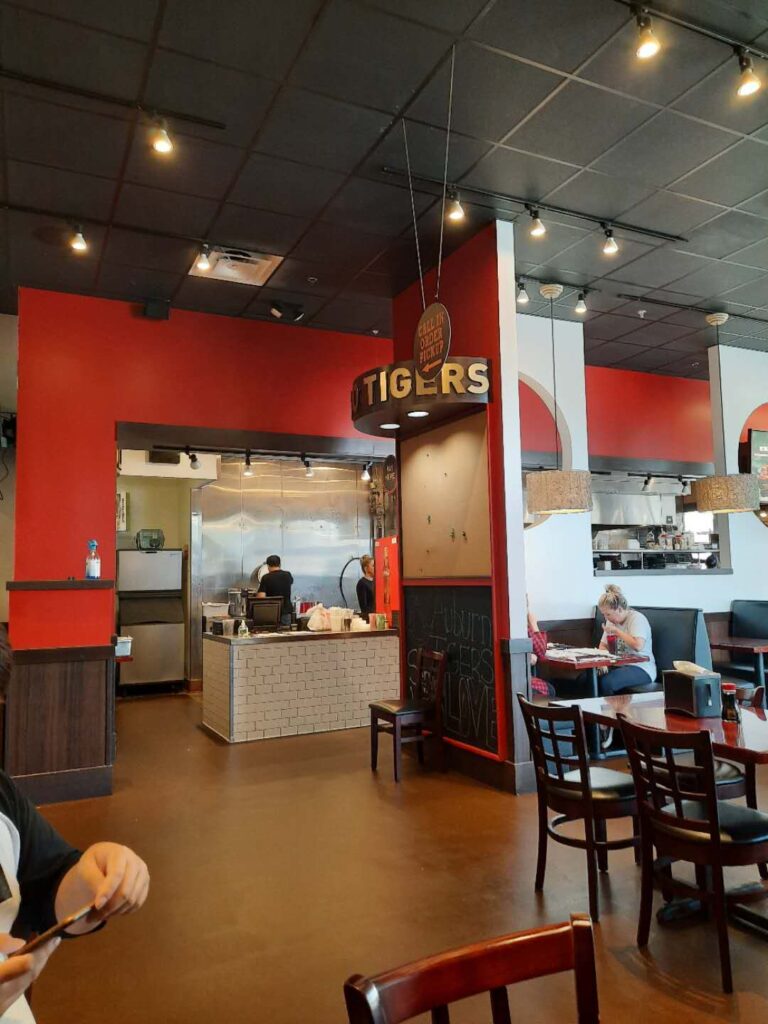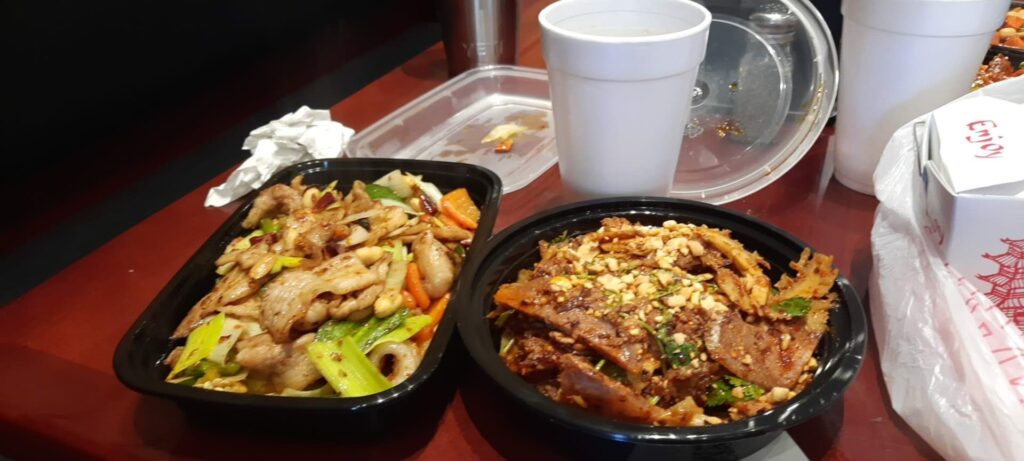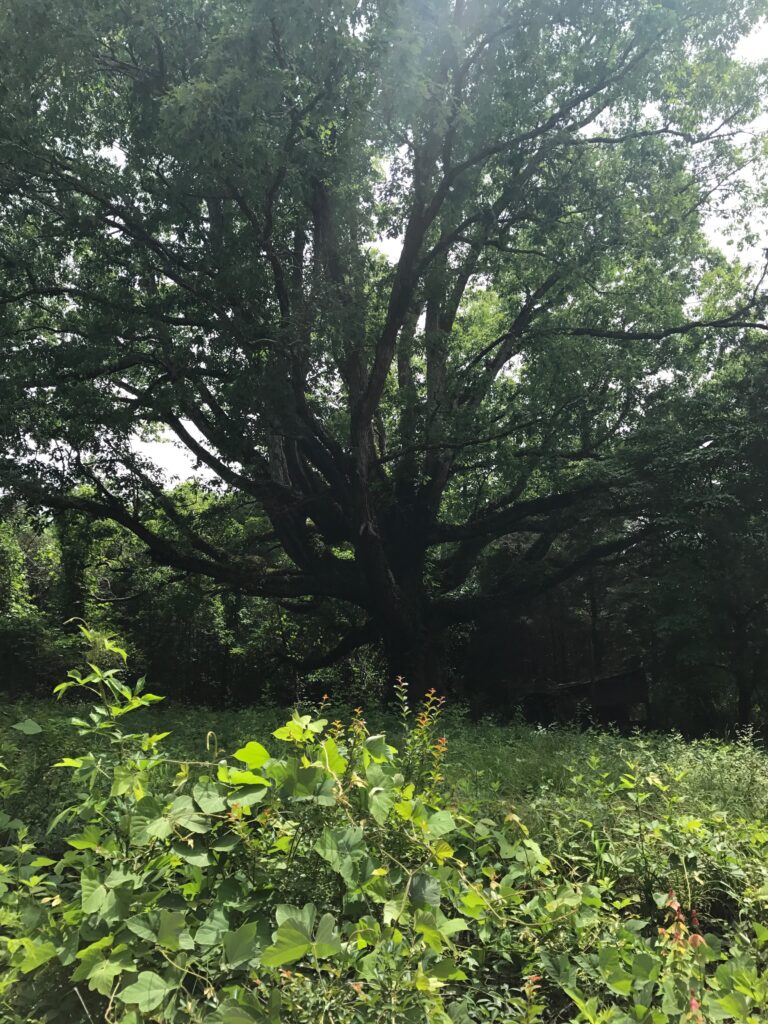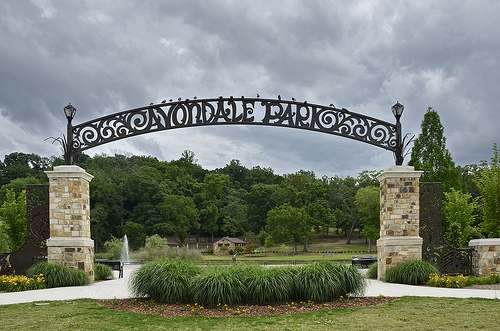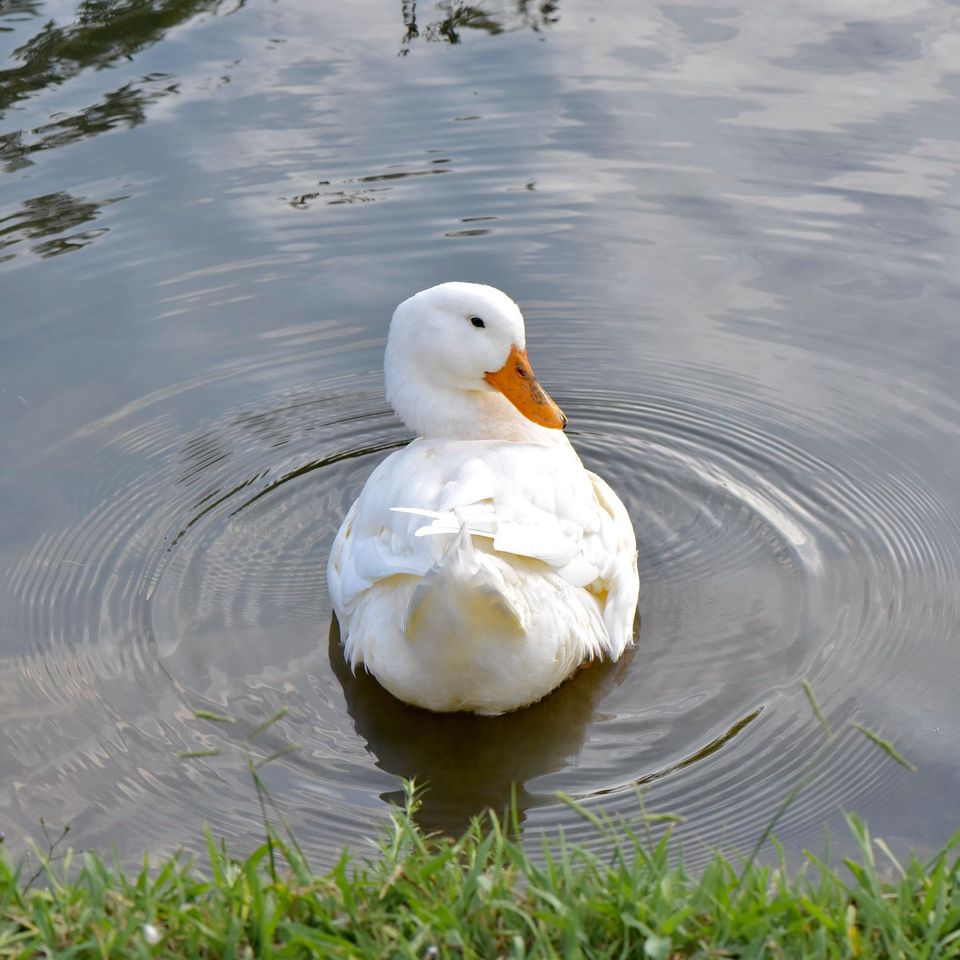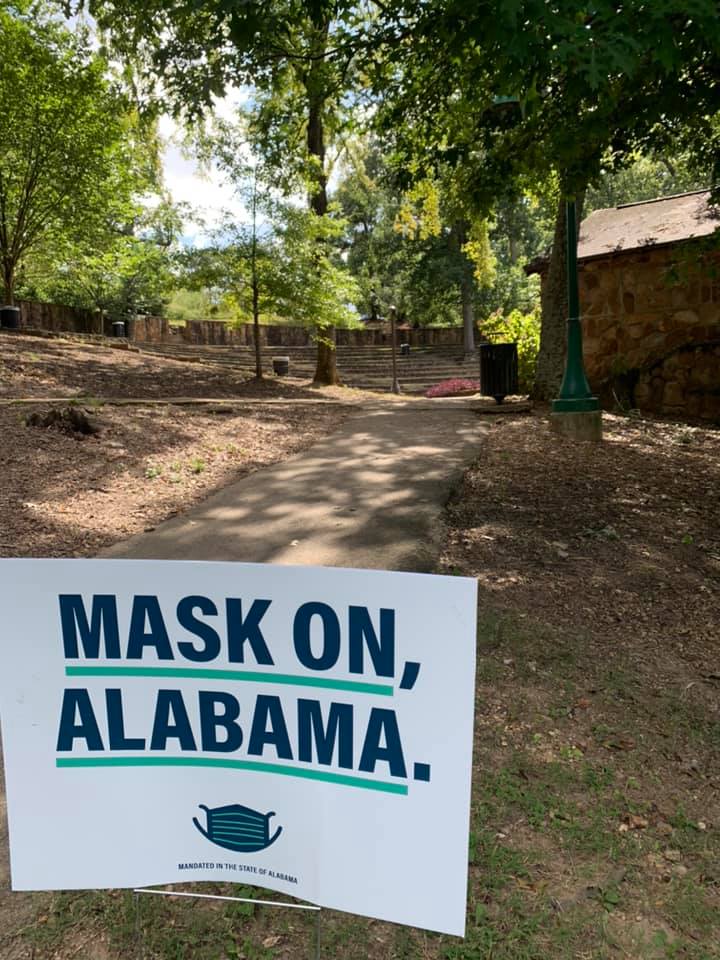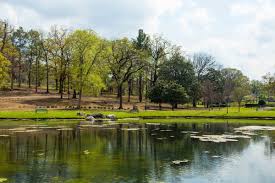It’s been nearly a month, but I finally heard back from one of the public historians I reached out to for the informational interview. I emailed with Matt Seaver, an assistant keeper in the Irish Antiquities Division of the National Museum of Ireland.
Q: When you start putting together a body of research to tell stories, how do you go about finding the stories you want to tell?
A: Our stories in Archaeology come from talking about the national themes in our Islands past. These are broadly chronological and are driven by the surviving objects with the constraints that our historic building allows – for example the Mesolithic (our earliest time period of occupation from around 8000 BC) occupies a small area with stone lithic tools, stone axes and a preserved fish trap compared to our evidence for the Bronze Age which occupies a large area of the centre court of the museum and displays the spectacular Bronze Age gold and ceramic collections. More recently studies around the discovery of well preserved bog bodies of Bronze and Iron Age date led to an exhibition around the idea of Iron Age and Early Medieval Kingship and sacrifice. Equally our Viking Ireland gallery uses the vast collections from the Dublin excavations of the 1980’s to discuss the impact of the Vikings of our history and their transformative effect on the church and society. The Treasury contains the greatest treasures of Early medieval Ireland and charts the development of art styles and society during this time. The stories to tell are our national story – the past of the people of the island – the themes may reflect the research interests of individual curators but are vetted by a committee at a high level and must be relevant to our national story. These could hinge on concepts like the anniversary of a major event for example the Battle of Clontarf where the Irish High King Brian Boru defeated the Viking King of Dublin in 1014 or the anniversary of 1916 – the uprising which started our war of independence. Updates to this story may come from new avenues like molecular biology and ancient DNA. The online space also allows us to develop more elaborate and larger narratives than the building will allow and that is something which we will be developing more in the coming years, particularly given the current situation with Covid-19 restrictions.
Q: After you have collected this body of research, how do you go about putting it into a cohesive narrative? What are some concerns that you have related to both of these processes?
A: Chronology is usually the hook around adding the objects around themes. We spend a lot of time obtaining C14 dates where possible or obtaining comparative dates. We have to be careful around sensitive issues; such as the display of human remains, how to communicate in ways which accommodate a pluralistic society. Narratives have to work around the audiences and the concepts must be readily explainable to an educated 14 year old in terms of literacy – our content needs to be accessible to all audiences. All of the subjects also need to be bilingual (Irish and English) so this restricts panel space, generally we can only have 200 words per panel. The art is trying to tell your story in a distilled way using as many images as possible in conjunction with the objects. The mounting and lighting of the objects is so important in order to highlight decoration, moods etc. We complement the core exhibitions with video and web content which allows the viewer/listener to dive deeper into researching a given topic.
Q: Why is it important to tell stories about the past?
A: Our multi stranded identity on this island comes directly from an understanding of the past. Archaeology shows that we are all migrants to this island and that there have been many different strands to our identity in the past. In Ireland elements our of our past are contested and it is important that the general public understand how these narratives came about. The relationship of our Island in a globalised world can be seen through our contacts outside the island in the past and allows us to accommodate change.

